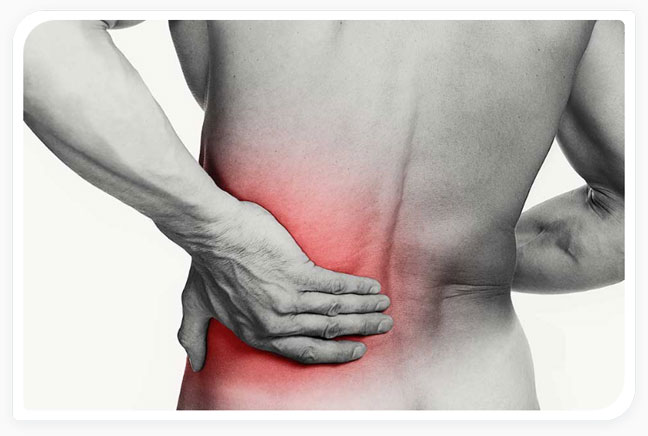Introduction
Hip labral injuries can be incredibly painful, limiting mobility and affecting quality of life. Traditionally, treatment options for labral tears and hip injuries have included rest, physical therapy, and surgery. However, recent advancements in regenerative medicine offer a promising alternative. Regenerative treatments for hip labrum recovery aim to restore damaged tissue, reduce pain, and improve function—naturally.
In this article, we’ll explore the benefits of regenerative therapy, how it works for hip labral tears, and why it's becoming a preferred option for athletes and active individuals seeking a faster, less invasive recovery.
What Is a Hip Labral Tear?
The labrum is a ring of cartilage that surrounds the hip socket, helping to stabilize the joint and cushion movement. A tear in this cartilage, known as a labral tear, often results from trauma, repetitive motion, or structural abnormalities such as femoroacetabular impingement (FAI).
Common Symptoms:
Groin or hip pain
Clicking or locking sensations
Limited range of motion
Pain during activity or prolonged sitting
Traditional vs. Regenerative Treatment Options
Traditional Treatments:
Rest and activity modification
Physical therapy to strengthen surrounding muscles
Anti-inflammatory medications
Corticosteroid injections
Surgical intervention, including hip arthroscopy
While these methods can be effective, they often come with long recovery times, potential complications, and in some cases, only temporary relief.
What Is Regenerative Medicine?
Regenerative medicine uses the body’s natural healing mechanisms to repair or replace damaged tissue. The most common regenerative treatments for hip labrum recovery include:
1. Platelet-Rich Plasma (PRP) Therapy
PRP involves drawing a patient’s blood, concentrating the platelets, and injecting them directly into the injured hip. These platelets contain growth factors that accelerate tissue repair and reduce inflammation.
2. Stem Cell Therapy
Stem cells, typically harvested from bone marrow or adipose tissue, are injected into the hip joint. These cells can differentiate into various tissue types, promoting regeneration of the damaged labrum and surrounding cartilage.
Benefits of Regenerative Treatment for Hip Labrum Injuries
Minimally invasive: No incisions or general anesthesia required
Faster recovery: Reduced downtime compared to surgery
Natural healing: Uses the body’s own cells to promote tissue repair
Pain reduction: Many patients experience significant relief without the use of opioids
Improved function: Enhanced mobility and strength over time
Is Regenerative Therapy Right for You?
Regenerative treatments may be ideal for:
Individuals with early to moderate labral tears
Patients seeking non-surgical options
Athletes wanting to return to play faster
Those with persistent hip pain despite conservative care
It’s essential to consult with a sports medicine or orthopedic specialist who offers regenerative treatments to determine the best course of action based on your specific condition.
Also Read: Hip Pain Treatment in Hyderabad: Surgery vs. Non-Surgical Stem Cell Therapy for Hip Replacement
Conclusion
Regenerative therapy is transforming the way we treat hip injuries. By harnessing the body’s healing power, patients can now experience a more natural and effective recovery from labral tears—without the risks and downtime of surgery.
If you’re dealing with hip pain or a labral tear, regenerative medicine may offer the relief you’ve been looking for. Schedule a consultation today to explore how PRP or stem cell therapy could support your hip labrum recovery and get you back to the activities you love.
